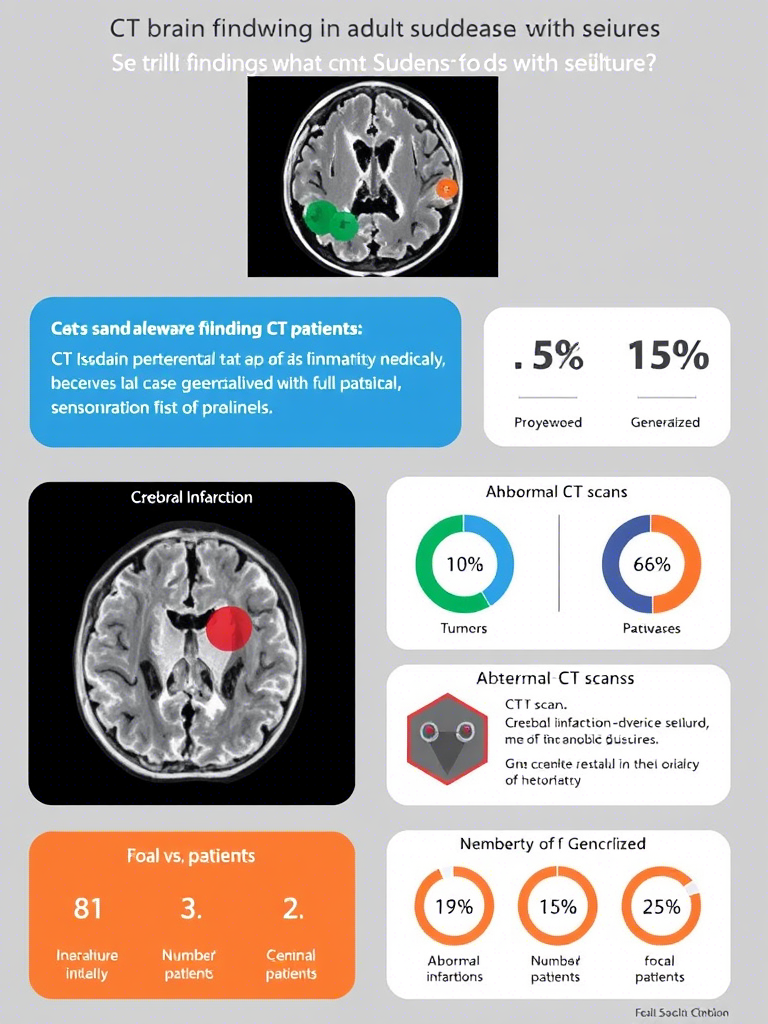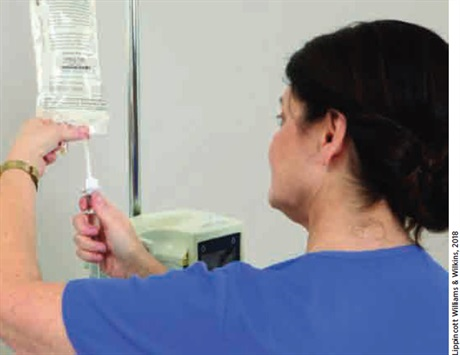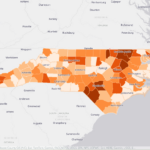Comparison of Neuromuscular Blocking Agents and Their Impact on Emergency Tracheal Intubation Outcomes in Low-Resource Settings: A Secondary Analysis of Clinical Trials in Sudan
Keywords:
Neuromuscular blocking agents, tracheal intubation, emergency medicine, succinylcholine, rocuroniumAbstract
ABSTRACT Tracheal intubation is a critical intervention in managing airway emergencies, particularly in Sudanese emergency departments and intensive care units. In low-resource settings, challenges such as limited access to essential medications, equipment shortages, and inconsistent provider training contribute to increased rates of first-attempt intubation failure, occurring in 10% to 20% of cases. The selection of neuromuscular blocking agents plays a crucial role in the success and safety of emergency intubation in such environments.This study investigates the comparative effectiveness and safety of succinylcholine and rocuronium in emergency intubation within Sudan’s resource-limited healthcare settings. The objective is to determine which agent improves first-attempt intubation success while minimizing severe complications, considering the constraints faced by Sudanese hospitals. A retrospective secondary analysis was conducted using clinical trial data from Sudanese emergency departments and intensive care units. Adult patients undergoing tracheal intubation with either succinylcholine or rocuronium were included. First-attempt intubation success and severe complications, such as oxygen desaturation, hypotension, and cardiac arrest, were assessed. Statistical analyses were performed to adjust for confounding variables relevant to low-resource environments, including provider experience and equipment availability.The study demonstrates high rates of tracheal intubation success, with a first-pass success rate of 84.5%. Intubation was achieved efficiently, despite the challenges posed by Sudan’s healthcare infrastructure. The study includes more than 2000 intubations, all performed by experienced providers, including doctors and nurses trained in pre-hospital anaesthesia. Among the analyzed cases, first-attempt intubation success was achieved in a higher proportion of patients receiving succinylcholine compared to rocuronium. However, complication rates were comparable between the two groups. Sensitivity analyses confirmed these findings.Succinylcholine was associated with higher first-pass intubation success rates than rocuronium, although the overall adverse event rates were similar between the two agents. In Sudanese emergency settings, where resource limitations impact airway management, the choice of neuromuscular blocking agents must consider availability, provider experience, and safety concerns. Further large-scale studies tailored to low-resource settings are needed to guide optimal NMBA selection in Sudan and similar environments.





